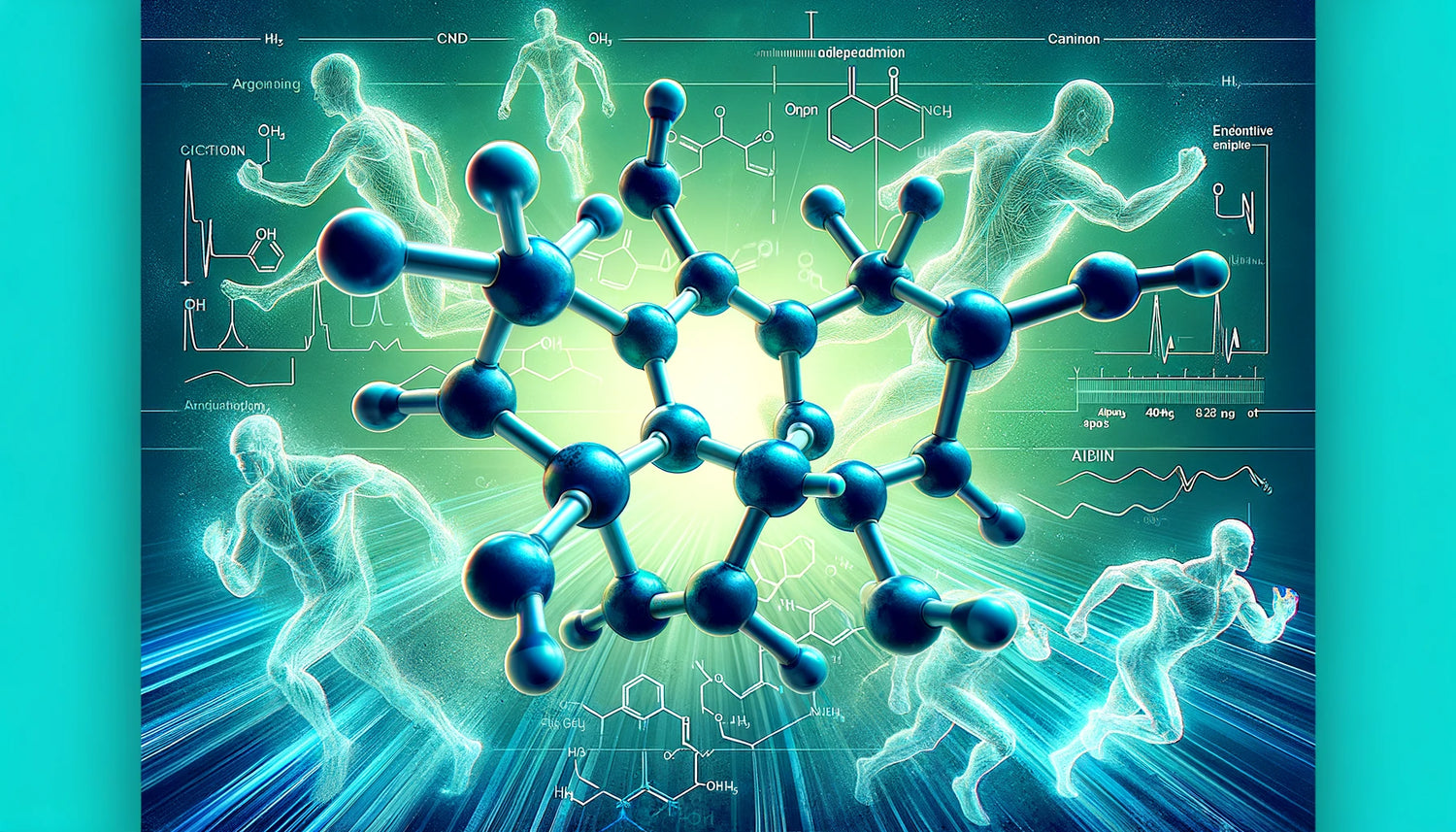Contents
The Biochemical Role of L-Citrulline
L-Citrulline plays a pivotal role in the urea cycle, a series of biochemical reactions designed to detoxify ammonia generated during amino acid metabolism. Beyond its function in ammonia clearance, L-Citrulline exerts profound effects on the cardiovascular system and muscle physiology, primarily through its capacity to elevate nitric oxide (NO) levels. NO serves as a critical signaling molecule, instructing blood vessels to dilate, thereby improving blood flow, nutrient delivery to muscles, and the removal of metabolic by-products.
Mechanism of Action
Upon ingestion, L-Citrulline bypasses hepatic metabolism, reaching the kidneys where it is converted into L-Arginine, another amino acid. This conversion process is crucial because L-Arginine is the direct precursor to NO. Interestingly, oral supplementation with L-Citrulline increases plasma levels of L-Arginine more effectively than L-Arginine itself, due to the latter's extensive breakdown in the liver. Consequently, L-Citrulline supplementation results in enhanced NO production, leading to improved vascular dilation, oxygen delivery, and performance.
Scientific Evidence of Efficacy
Research underscores the efficacy of L-Citrulline in enhancing physical performance and recovery. A landmark study demonstrated that a single dose of 8000mg of Citrulline Malate significantly increased the number of repetitions performed in resistance training exercises from the third set onwards, with a remarkable 52.92% increase observed in the final set compared to a placebo group. Additionally, participants reported a 40% reduction in muscle soreness at both 24 and 48 hours post-exercise, highlighting L-Citrulline's role in accelerating recovery and reducing the impact of delayed onset muscle soreness (DOMS).
In animal models, supplementation with L-Citrulline has been linked to favorable body composition changes, including reduced body fat and increased lean muscle mass, alongside improvements in survival rates and reductions in visceral fat. These findings, while needing replication in human trials, suggest potential wide-ranging benefits of L-Citrulline supplementation.
Optimal Dosages and Formulations
For L-Citrulline to exert its full spectrum of benefits, evidence suggests that a minimum effective dose of 3000mg of pure L-Citrulline is required, with doses up to 10000mg being considered safe and potentially more efficacious. The debate between the use of pure L-Citrulline versus L-Citrulline Malate (a combination of L-Citrulline and malic acid) centers on the latter's added malic acid, which participates in the Krebs cycle and may help counteract lactic acid build-up. However, the lack of chemical bonding between L-Citrulline and malic acid in many supplements means that the purported benefits of the malate form may not be reliably achieved.
L-Citrulline Within
In developing the
If you'd like to check out
Or alternatively if you'd like to skip straight to the product page, click here!
Conclusion
The inclusion of L-Citrulline in pre-workout supplements represents a confluence of ancient biochemical knowledge and modern nutritional science. By leveraging the body's natural pathways for improving vascular health and muscular efficiency, L-Citrulline stands out as a non-negotiable ingredient for anyone serious about maximizing their physical performance and recovery. With supplements like
Further Reading
For those interested in exploring the scientific underpinnings of L-Citrulline and other ergogenic aids, reputable sources such as PubMed and the National Institutes of Health's database offer a wealth of peer-reviewed articles and clinical trial results.


